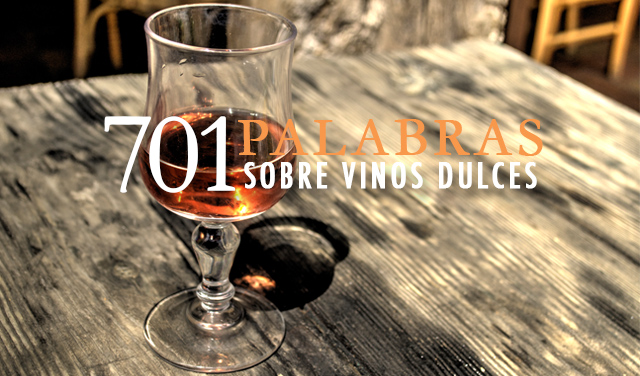672 Words about Sweet Wines

Our first foray into making sweet wines has been most successful and goes by the name of Secret del Priorat. Our limited and exclusive production of this natural sweet wine numbers less than three thousand bottles and is only available for sale at the winery's various locations and the online shop of our—your—Club Torres. (Apologies to our friends living outside of Spain!)
Why so few bottles? Well, making a high-quality sweet wine isn't easy, plus it is an undeniably expensive undertaking. Below we will examine the most common methods used to obtain the sweetest of wines:
1. Halting Fermentation
Yeasts convert sugar into alcohol, and in almost all wines, fermentation continues until no perceptible amount of sugar remains. Therefore, by halting this process, we obtain a sweet wine.
We can stop fermentation by either eliminating the yeasts using a very fine filter or by adding alcohol during the fermentation process (fortification). This technique is used to make Port and several styles of rich Muscat wines.
2. Adding a Sweet Component
Adding sugar to sweeten the wine is not permitted. However, winemakers can use sweet liquids like unfermented must, common in the production of semi-sweet or sweet German wines; must containing alcohol or concentrated must, used in making semi-sweet or sweet sherries, Pale Cream, sweet Olorosos or commercially produced Amontillados, which can also be sweetened by adding Pedro Ximenez sherry.
3. Sugar Concentration in the Grapes
This is the method most commonly used to produce the greatest sweet wines and the one we will be looking at most closely. Good examples include renowned wines such as the whites from Sauternes (Bordeaux) or Hungary's world famous Tokaji.
During the ripening process, the grapes accumulate sugar, which is subsequently converted into alcohol by the yeast. (Yeasts consume the sugar molecules and die when the alcohol level reaches about 15% ABV; any residual trace of sugar ends up as part of the wine.)
At their normal point of ripeness, grapes do not contain the sugar levels needed to reach this 15% mark. However, there are three ways of concentrating sugar levels in grapes: drying the grapes, working with the noble rot (Botrytis, a fungus that dehydrates the berries) or freezing the grapes.
3.1 Sweet wines made from dried grapes
Drying the grapes concentrates the sugar in the berries. This can be achieved in two ways:
· Harvesting the grapes later than usual (Late Harvest). This is the technique we use to make our Secret del Priorat.
· Placing the grapes in a ventilated and dry area to encourage dehydration.
More examples include everything from Italian Recioto wines to PX (Pedro Ximenez) sherry.
3.2 Botrytis-affected wines
As mentioned previously, the finest examples are the classic Sauternes and Tokaji, but this style also includes wonderful sweet wines from Germany and Austria.
The fungus responsible for the “noble rot” weakens the grape skin, causing water to evaporate from the pulp at a much faster pace and thus shriveling the grape. Not only does the fungus concentrate the sugar, it also adds very complex and unique flavors to the wine. (Apricot, cookies, orange marmalade, rye bread...)
The perfect conditions for producing this type of wine are as follows: gradual ripening without complications; mornings with high humidity and mist (which encourage the growth of Botrytis and its subsequent spread); dry, mild afternoons that allow the grapes to dry out faster.
3.3 Wines made from frozen grapes
This style of wine is very popular in Canada, Germany and Austria. The grapes are left on the vine and picked in the winter when the water inside of the berries has frozen. The grapes are then pressed while still frozen. In doing so, one obtains a highly concentrated liquid that is used to produce what is known as Eiswein or Icewine.
This winemaking method results in very pure varietal flavors and full-bodied wines with high acidity. Riesling is the most commonly used variety for these wines.
Without further ado...let the tasting begin! A whole sweet world awaits us.
